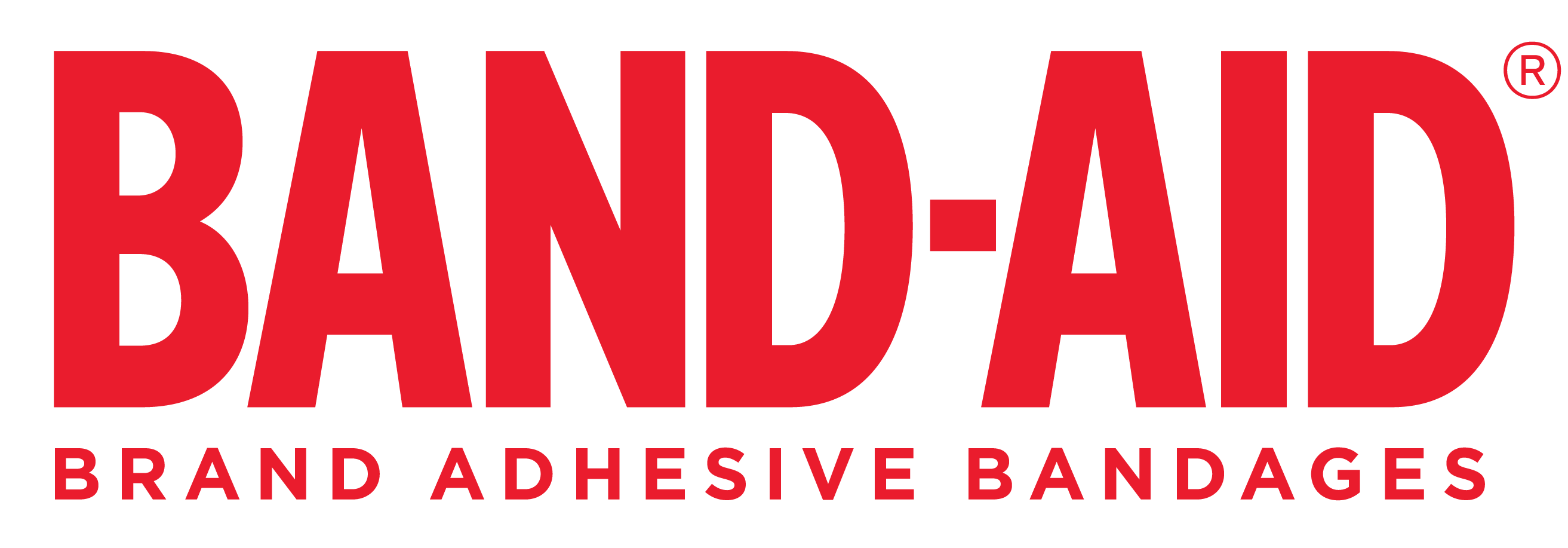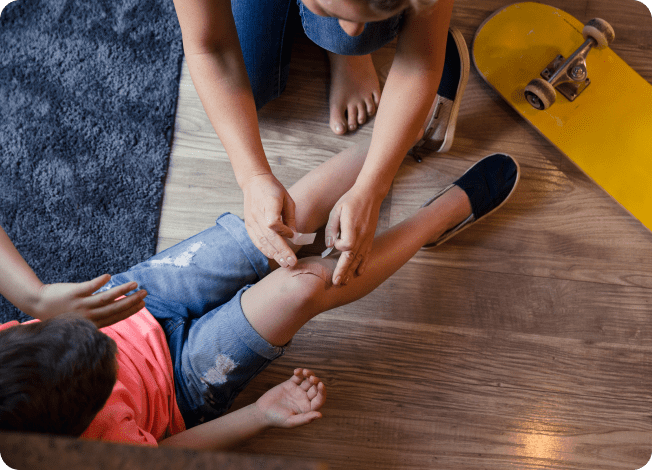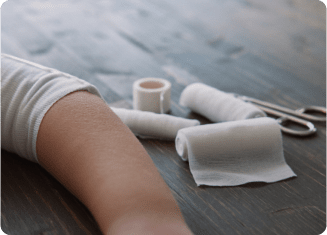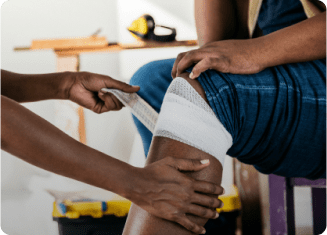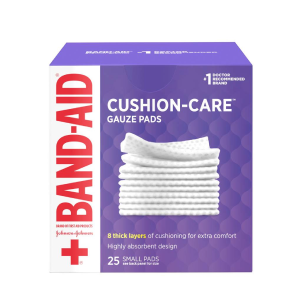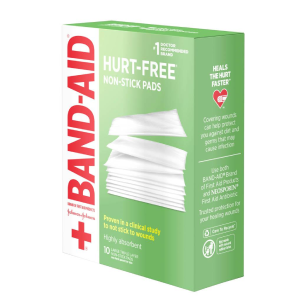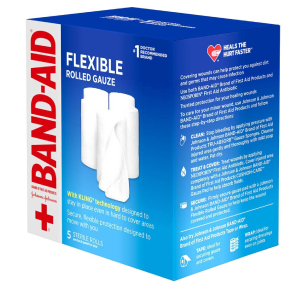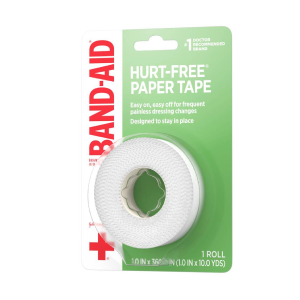- Home
- First Aid Basics
- Follow-Up Care
image-follow-up-and-follow-through2x.png

FIRST AID BASICS
Follow Up and Follow Through
You’ve had an injury, and it’s been treated. Now what? How you follow up with care is just as important as the initial treatment. Taking a few minutes each day to inspect your injury and care for it properly can help your wound heal faster.
Change Your Bandage
Wondering how often you should change your bandage? Unless you’ve been told otherwise from your doctor, it’s good to change the dressing on a wound twice a day in the early stages of healing. This allows for more frequent inspection and keeps any fluids collecting around the wound to a minimum. If fluid is ever leaking out or the bandage itself is soiled, change it immediately.
Prevent Infection
To reduce the chance of contamination and infection, wash your hands with soap and water before removing an old bandage. Wash them again before inspecting or touching the wound. Add a thin layer of antibiotic ointment like NEOSPORIN® for another level of protection before putting on a new bandage.
Look for Signs of Infection
The signs and symptoms of infection in a cut or wound can include increasing pain, swelling, and redness around the affected area. While you can treat a mild infection on a small wound at home by cleaning and redressing it, you should see a doctor if you develop a fever, feel unwell, or have discharge or red streaks coming from the wound.
Stay Dry
Yes, a wound heals better when it’s kept moist under a bandage, but you don’t actually want to get it totally wet. So when you shower or swim, change your bandage to a hydrocolloid or waterproof bandage, like a BAND-AID® Brand WATER BLOCK® bandage, to keep it protected. You can change back to a normal dressing once you’re dry again.
Other Things to Watch For
Some people develop allergies to adhesive bandages, so keep an eye out for a reaction. Symptoms can include redness, itchiness, or rash. In most cases, the allergic reaction will go away soon after taking off the bandage. Keeping the area moisturized can help if you need to stay bandaged. You can also try a latex-free bandage, an anti-itch cream, taking an antihistamine, or using gauze and tape rather than an adhesive bandage.
Keep Covered as You Heal
Each stage of healing requires a different type of bandage and care. Using the right products for each stage can help reduce the chance of infection and the possibility of your skin becoming irritated.
Stage 1
You’ll need a highly absorbent gauze pad, like BAND-AID® Brand Cushion Care Gauze Pads during the first few days after surgery or a serious injury. Add HURT-FREE® tape to keep things gentle on your skin and make the frequent dressing changes easier.
Stage 2
Once you’re no longer experiencing much bleeding or fluid discharge, you can switch to smaller pads that don’t need as much absorbency, like BAND-AID® Brand HURT-FREE® Non-Stick Pads.
Stage 3
When you’re not changing your dressing as often and are able to move more, try BAND-AID® Brand Flexible Rolled Gauze. And pair it with Tough Cloth Tape for longer staying power.
Related Articles
1 of 1
Find the Best Bandage for the Job
Not sure which BAND-AID® Brand adhesive bandage to pick? Our Product Recommender can help you find the one that’ll do the trick.
